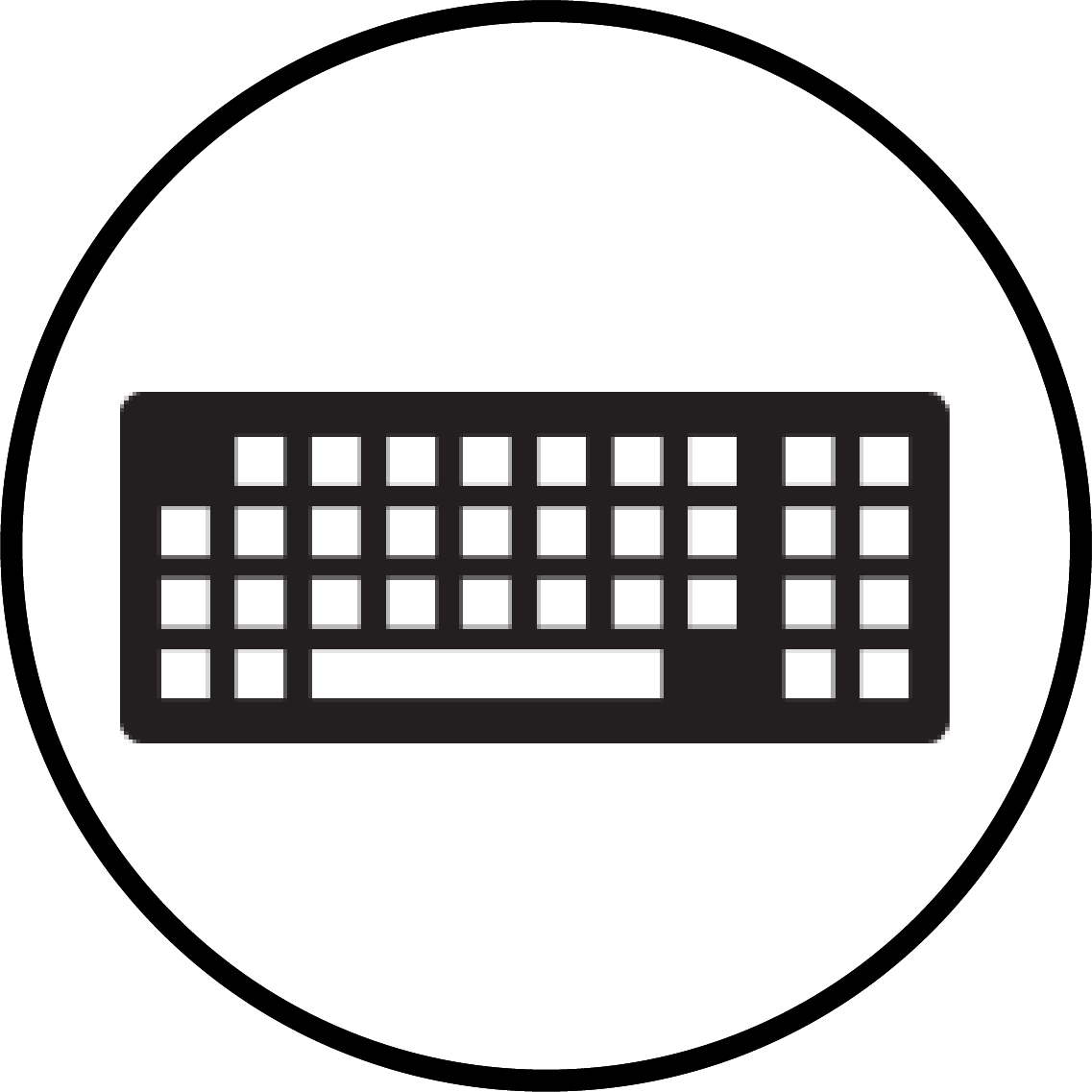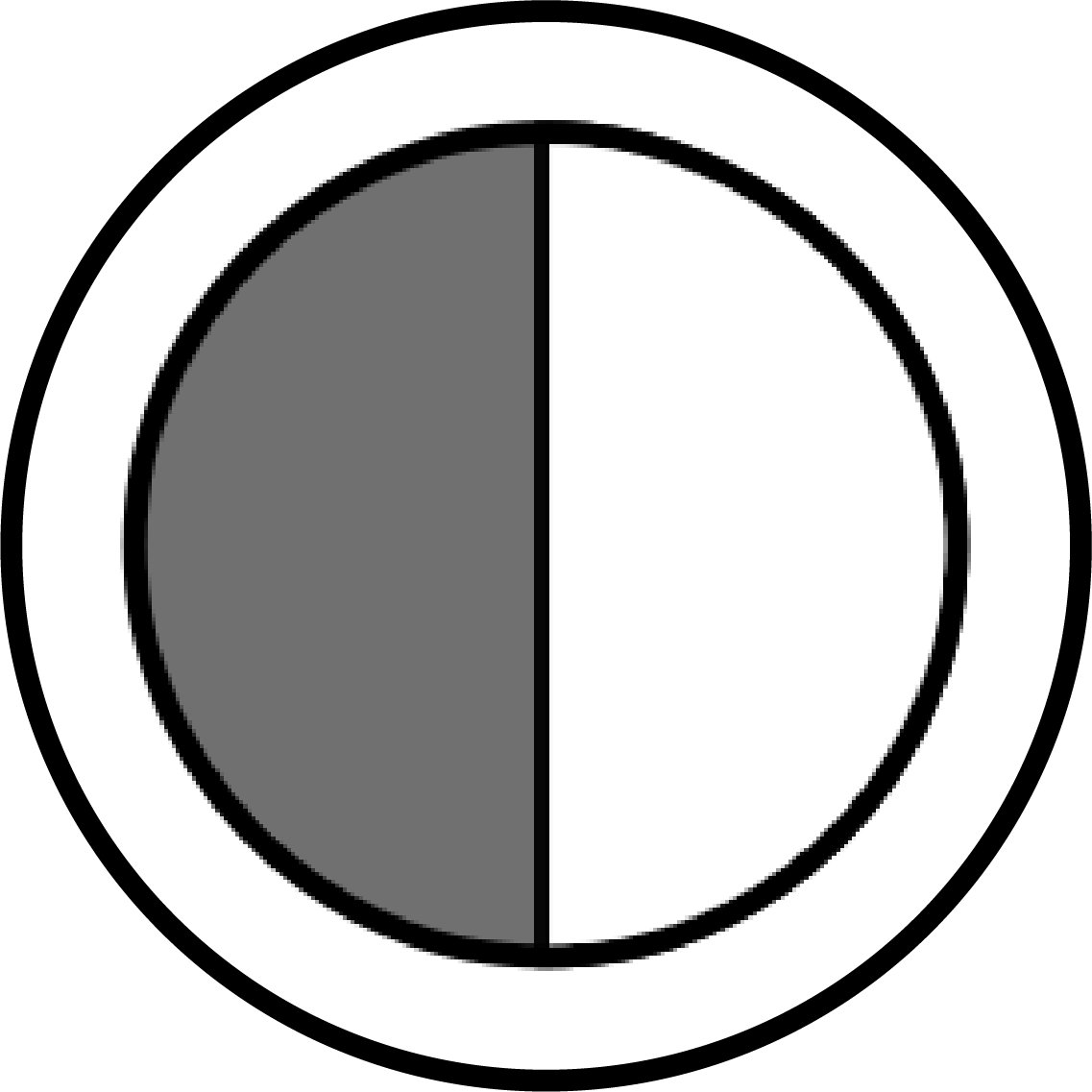
A new decision by the Israeli Ministry of Education last week will drastically cut funding to colleges that train Arabic-speaking teachers. For every Arabic-speaking teacher that a college trains, they will now receive only 56 percent of the per-student allocation that they would receive for training a Jewish teacher.
The Ministry presents its decision as a solution to the surplus of unemployed Arab teachers flooding the job market. The Arab education system in Israel, however, suffers from extreme overcrowding. Schools for the Arab community were short over 4,500 classrooms and over 2,000 preschools at end of 2012 – 61% of students in kindergarten did not have the classroom that they are promised by law. Were the Ministry of Education to confront the issue of overcrowding by building the much-needed classrooms, the surplus teachers might easily be placed.
Despite a recent initiative, the Ministry of Education has so far failed to place many Arab teachers in Jewish schools. The few that have been placed teach only Arabic language classes.
The Ministry’s decision is part of a new program to increase the number of qualified teachers for high-demand subjects such as science and mathematics. The program, which will affect only colleges in the north of Israel, provides colleges with a per-student funding bonus for each trainee specializing in a high-demand field. Even if Arabic-speaking teacher trainees specialize in one of the high-demand areas, their college will still only receive 56% of the funding that they would receive if the student were Jewish.
The funding cuts stand to add yet another layer of inequality to an already imbalanced higher education system. Only 17% of Arab citizens in Israel hold a higher education degree, compared to 40% of Jewish Israelis. There are currently no universities in Israel that offer instruction in Arabic. The few colleges that do exist are poorly funded and struggle to deliver a quality education. The Arab community maintains that an Arab University would not only grant master’s and doctorate degrees, but would also provide Arabic instruction and cater to the needs of the Arab population. Due to these needs not being met, it is estimated that between 6000-8000 Arab students study in various universities in Jordan, hundreds in higher education institutions in the Palestinian authority, and thousands in various institutions around the world.
The inequality in higher education for the Arab community reflects a disparity seen across the educational system. According to the Ministry’s own statistics, per-student state funding for high schools in 2013-14 was 35 percent to 68 percent higher for Jewish schools than for Arab schools of a similar socioeconomic level. Thirty-two percent of Arabs over the age of 15 never complete any education beyond elementary school, twice that of the Jewish population. Of the Arab students who enroll in high school, 32% of them drop out without finishing.

























